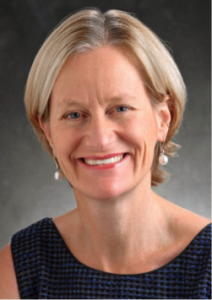The Australasian Leukaemia and Lymphoma Group (ALLG) has launched a dedicated website outlining its ‘five decades of impact’ as the group celebrates its 50th anniversary.
Formed in 1973 following a meeting of seven haematologists from around the country, the organisation started out life as NHL Cooperative Chemotherapy Study Group. The aim was ambitious: to create the country’s first collaborative trials group for haematology/oncology.

Professor Judith Trotman
Some 50 years later, that ambition has been more than realised, while blood cancer treatment has transformed – in no small part thanks to the thousands of volunteer members’ efforts.
Now running across 93 hospitals around Australia and New Zealand, the ALLG has supported over 12,500 patients in over 160 clinical trials so far.
It has also had greater than 220 publications in peer reviewed journals, presented results at 293 scientific conferences and collaborated with 10 international research cooperative trial group partners.
The upshot has been extraordinary advances in survival for patients with a wide range of haematological cancers, says the ALLG’s scientific advisory committee chair Professor Judith Trotman.
“Fifty years ago, most patients with blood cancer died within months,” she said.
“Now, many will have a near-normal life expectancy.”
The head of haematology at Concord Hospital in Sydney, Professor Trotman said she still remembered attending her first ALLG meetings as a registrar some 22 years ago.
“I remember sitting in ALLG meetings being so excited to hear about these trials that were really at the cutting edge, but I had to ban myself from attending any more until I had actually recruited a single patient to an ALLG trial.”
“Since then, it’s been a real privilege to be a part of the ALLG’s involvement – and often leadership – in the global revolution in targeted blood cancer care.”
She pointed to the group’s pioneering work in the use of molecular response targets to guide treatment decisions in CML as a key achievement, adding the ALLG had run some of the first ever trials resulting in treatment-free remission for the disease.
But the group had made contributions across the full spectrum of blood cancers, Professor Trotman said.